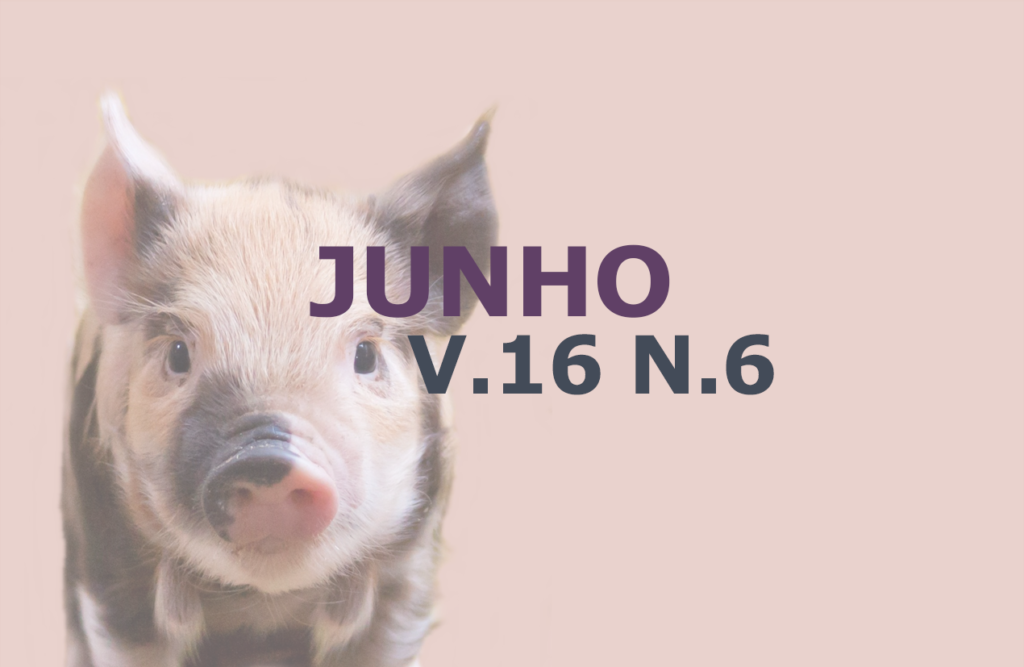SARA (Subacute Ruminal Acidosis) sua caracterização e consequências em bovinos: Revisão
DOI:
https://doi.org/https://doi.org/10.31533/pubvet.v16n06a1135.1-11Palavras-chave:
Acidose ruminal, ácidos graxos, fígado, laminite, pHResumo
A presença da acidose ruminal subaguda (SARA) nos rebanhos bovinos, principalmente, nos produtores de leite tem uma consequência direta na saúde e bem-estar animal, redução na imuno mediação e lucratividade do setor. A SARA pode ser caracterizada como um quadro clínico em decorrência da fermentação ruminal. Em animais de alta produção, a dieta é balanceada com altos teores de grãos, ricos em carboidratos. Desta forma, a degradação destes carboidratos no rúmen aumenta os teores de ácidos graxos voláteis de cadeia curta e ácido lático. Esse processo leva à uma redução do pH ruminal, abaixo de 5,8 e, por consequência, distúrbio generalizado neste compartimento. Além destes distúrbios no rúmen, a SARA pode reduzir a digestibilidade aparente dos nutrientes no compartimento intestinal. Ainda mais, a SARA pode provocar outras alterações no epitélio do rúmen e retículo e, como consequência, abcessos em órgãos relacionado como, por exemplo, intestinos, fígado, coração e pulmões. Por fim, este quadro clínico complexo vai provocar o aparecimento da laminite.
Downloads
Publicado
Edição
Seção
Licença
Copyright (c) 2022 Tatiane Rogélio Ramos, Rodolpho Martin do Prado, Mariana Garcia Ornaghi, Osmair Flávio Stuani, Giovana Pereira Penha, Ivanor Nunes do Prado

Este trabalho está licenciado sob uma licença Creative Commons Attribution 4.0 International License.
Você tem o direito de:
Compartilhar — copiar e redistribuir o material em qualquer suporte ou formato
Adaptar — remixar, transformar, e criar a partir do material para qualquer fim, mesmo que comercial.
O licenciante não pode revogar estes direitos desde que você respeite os termos da licença. De acordo com os termos seguintes:
Atribuição
— Você deve dar o crédito apropriado, prover um link para a licença e indicar se mudanças foram feitas. Você deve fazê-lo em qualquer circunstância razoável, mas de nenhuma maneira que sugira que o licenciante apoia você ou o seu uso. Sem restrições adicionais
— Você não pode aplicar termos jurídicos ou medidas de caráter tecnológico que restrinjam legalmente outros de fazerem algo que a licença permita.





